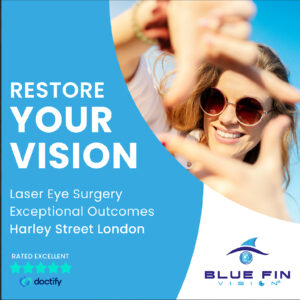Refractive Lens Exchange: A Comprehensive Guide to Vision Correction
Refractive Lens Exchange (RLE), also known as Clear Lens Extraction, is a surgical procedure designed to treat various refractive vision problems such as nearsightedness, farsightedness, and presbyopia. This innovative procedure involves removing the natural lens of the eye and replacing it with an artificial intraocular lens (IOL). RLE is typically Refractive lens exchange considered for patients over 40 who may not be suitable candidates for LASIK or other laser-based vision correction methods.

The process begins with a thorough eye examination to assess the patient’s eye health and determine if they are a good candidate for the surgery. During the procedure, which is usually performed under local anesthesia, the surgeon makes a small incision at the edge of the cornea. The natural lens is carefully removed and replaced with an IOL. The type of IOL selected depends on the patient’s specific needs, such as correcting for astigmatism, improving near and far vision, or addressing presbyopia, a condition that causes difficulty focusing on close objects as people age.
RLE offers several advantages over other corrective procedures, particularly for older patients. One of its primary benefits is that it can eliminate or significantly reduce the need for glasses or contact lenses, especially for individuals with high refractive errors or those who suffer from presbyopia. Unlike LASIK, which reshapes the cornea, RLE involves replacing the lens itself, making it a viable option for patients with thin corneas or other conditions that prevent them from being eligible for laser surgery.
While the procedure has a high success rate and a relatively quick recovery time, it is important for patients to understand the potential risks. These can include infection, inflammation, or changes in vision that may require further adjustments or enhancements. However, these complications are rare, and most patients experience significant improvements in their vision after the surgery.
In the years following RLE, many patients find that they can enjoy clearer vision and a greater quality of life without the dependency on corrective eyewear. It’s important to consult with an experienced ophthalmologist to discuss individual risks and benefits before undergoing the procedure, ensuring that it is the right solution based on one’s vision needs and lifestyle. Ultimately, RLE is a powerful tool in modern ophthalmology, offering long-lasting solutions for those seeking freedom from glasses and contact lenses.
Leave a Reply